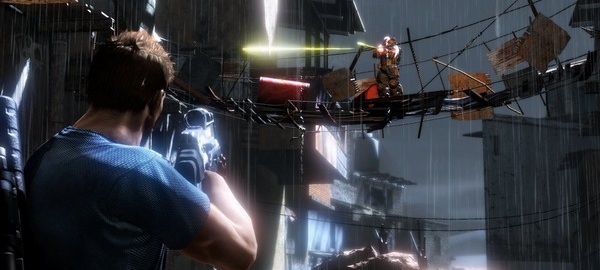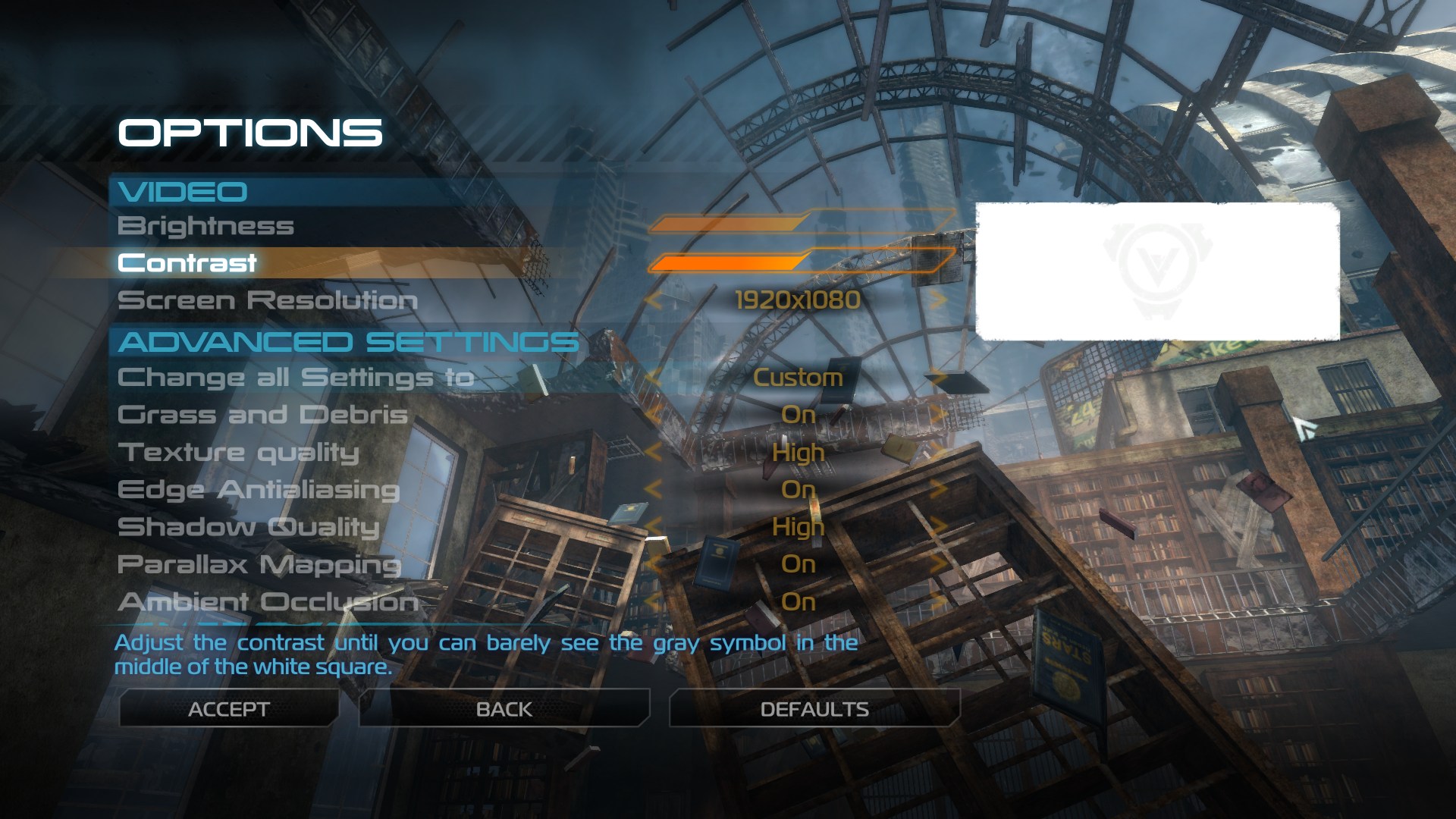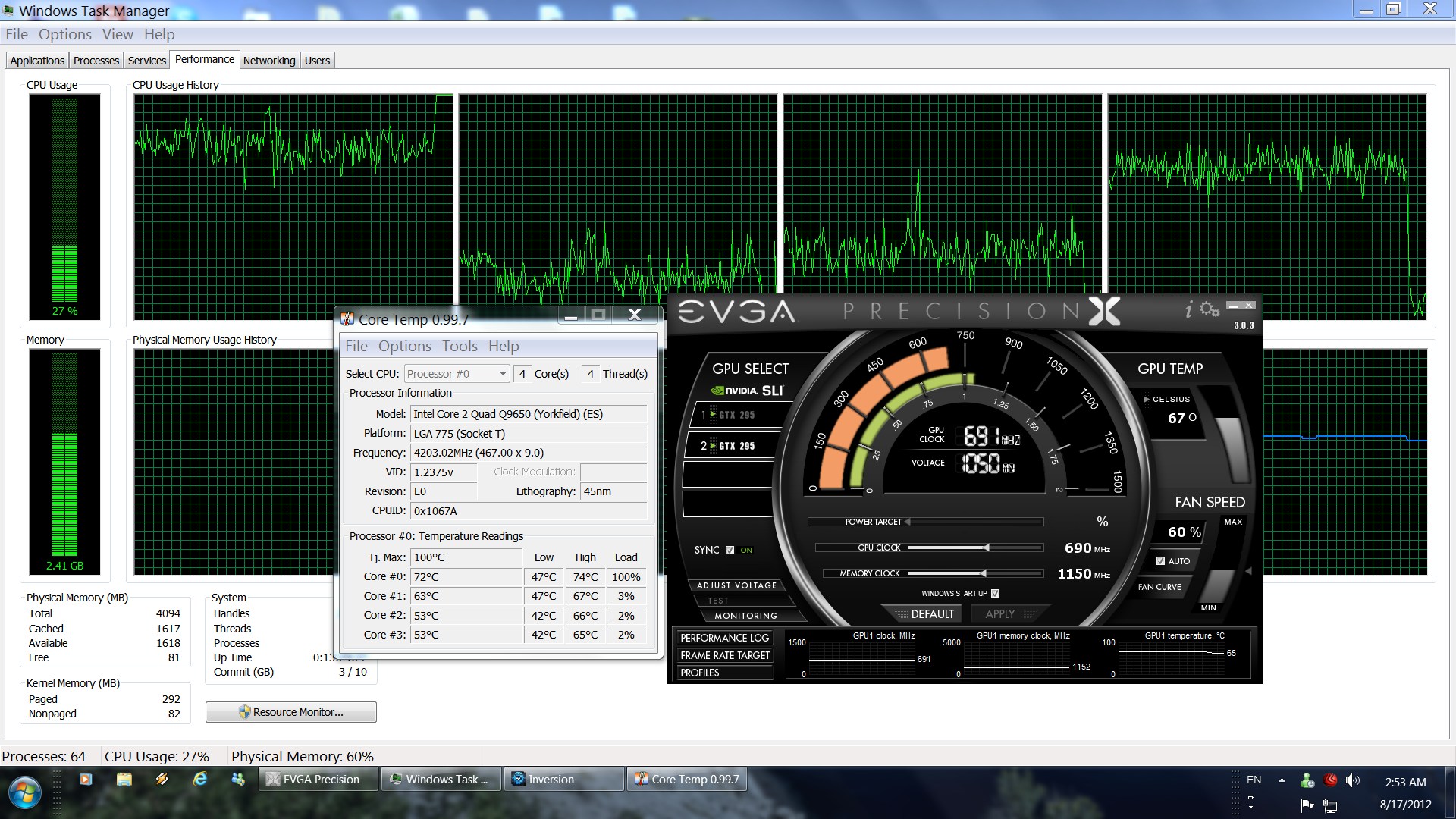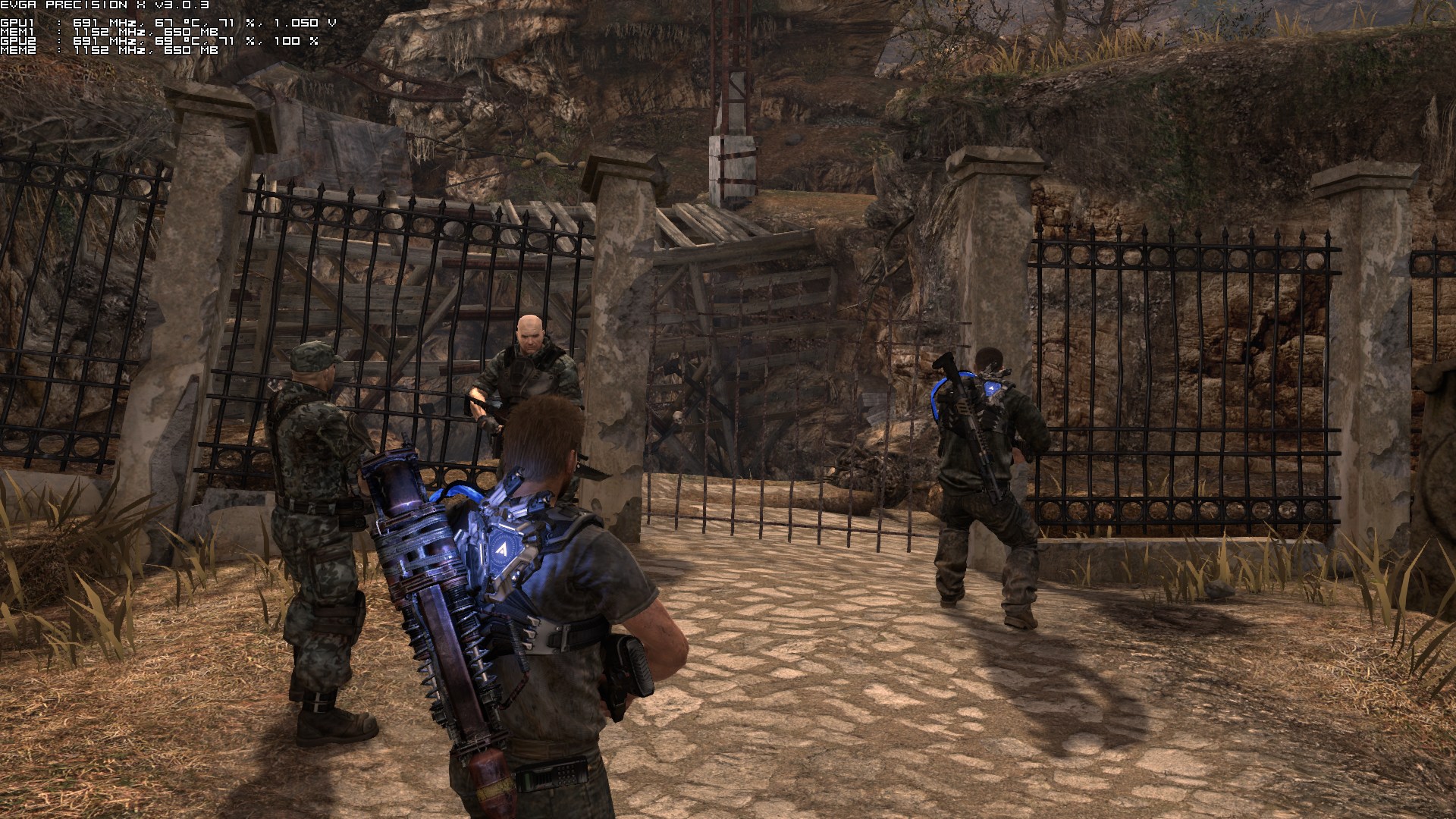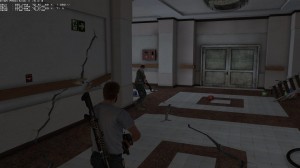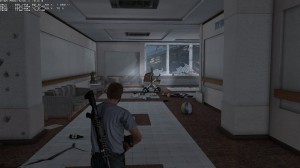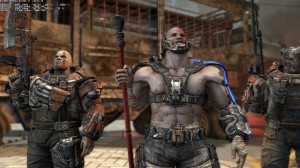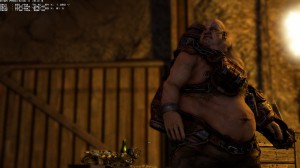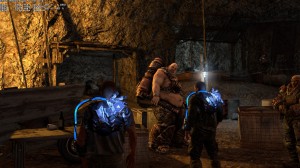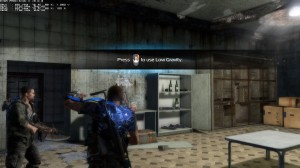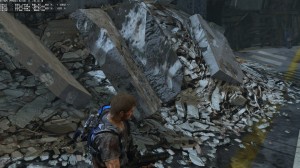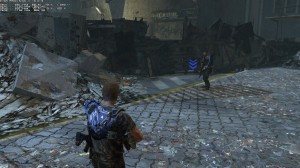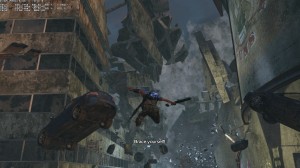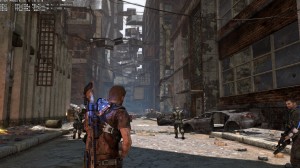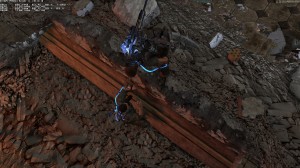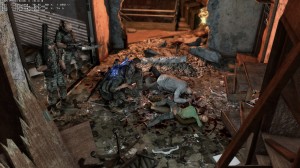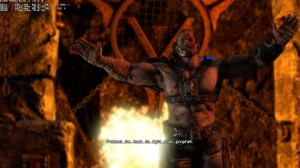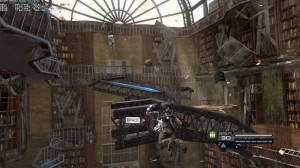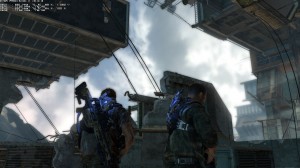Inversion was initially meant to be a console exclusive. Although Saber Interactive had previously released a great PC game (like Timeshift), the studio decided – during Inversion’s early development cycle – to only release it on consoles. Back in July 2011, a rumor arose, suggesting that Inversion PC was already under development. It took Namco Bandai a while to confirm this rumor and in March 2012, the company officially announced that Inversion would hit PC this Summer. Fast forward a couple of months and here we are with its PC version, a version that looks better than its console counterparts, performs better, scales great on multi-GPUs and is packed with some of the best physics we’ve ever seen.
As always, we used an overclocked Q9650 (at 4.2Ghz) with 4GB RAM, a GTX 295, Windows 7-64Bit and the latest version of GeForce drivers. To our surprise, Nvidia has already included an SLI profile for it. Imagine that, a third person shooter that was not advertised much by its publisher has a working SLI profile, while other triple-A games do not at their time of release. As said, Inversion scales well on SLI configurations. Our GPU scaling was averaging around 70-90%, while there were occasions were the game stressed both of our GPU cores (with VSync disabled). Inversion ran with constant 60fps at 1080p and max settings. Unfortunately, the game does not support proper AA techniques and SMAA didn’t work as well as we’d hoped to. Although it smoothes out some jaggies, there are still a lot of that were not affected by this Injector tool.
Inversion comes with a nice selection of graphical options. PC gamers can enable or disable Grass & Debris, Edge-Antialising, Parallax Mapping and Ambient Occlusion. Before jumping to conclusions, Parallax Mapping is not the same with Parallax Occlusion Mapping. Parallax Mapping is an enhancement of Normal Mapping and is a technique that adds depth to textures. Parallax Occlusion Mapping, on the other hand, is an enhancement of the Parallax Mapping technique. Parallax Occlusion Mapping is used to procedurally create 3D definition in textured surfaces. This means that this technique allows developers of 3D rendering applications to add 3D complexity in textures with self occlusion in real time, which is dependent to player’s perspective.
As we can see, Inversion is developed in order to take advantage of dual-cores. Saber Interactive’s third person shooter did not stress our CPU and we didn’t notice any performance hit when we simulated a dual-core system. Inversion depends on your CPU’s frequency, which means that you’ll have to overclock your CPU in order to avoid any CPU limitations. With our Q9650 that was clocked at 4.2Ghz, we did not drop below 60s, even when there were a lot of physics/destruction sequences on-screen.
This brings us to the game’s amazing physics effects, and we have to admit that one of Inversion’s big features is its destruction and environmental interaction. Inversion is powered by Havok and this could very well be the first Havok title to ‘wow’ you. Although the physics effects are not as intense as PhysX, they can easily come close to them and they did not slow down the game at all, no matter what was going on. Inversion features destructible objects and walls, and can rival the destruction effects that were featured in both Crysis 2 and Battlefield 3. Believe us when we say this – Inversion is all about its physics and you really need to experience it in order to appreciate the Havok Physics Engine.
Graphics wise, Inversion looks great for a multi-platform title. Textures seem a bit better than those of the console versions, though that might be due to using a higher rendering resolution. There are some blocky characters here and there, but overall, characters have enough detail to please your eyes. Sun shafts, motion blur and other current-generation effects are also present and try to improve the game’s visuals, though the lighting model is dated, and makes things look a bit grainy. Inversion looks like most multi-platform games. It looks good, but it cannot come close to Max Payne 3 or other PC exclusive titles.
All in all, Inversion is a nice surprise. The game performs great, is GPU-bound, requires an overclocked dual-core system to avoid CPU limitations, and works well with SLI systems. Although it is not the best multi-platform game you’ll ever play, it is way better than most console ports we’ve been getting lately. There is a nice amount of graphical options and the game works nice with keyboard + mouse.
Enjoy!

John is the founder and Editor in Chief at DSOGaming. He is a PC gaming fan and highly supports the modding and indie communities. Before creating DSOGaming, John worked on numerous gaming websites. While he is a die-hard PC gamer, his gaming roots can be found on consoles. John loved – and still does – the 16-bit consoles, and considers SNES to be one of the best consoles. Still, the PC platform won him over consoles. That was mainly due to 3DFX and its iconic dedicated 3D accelerator graphics card, Voodoo 2. John has also written a higher degree thesis on the “The Evolution of PC graphics cards.”
Contact: Email

